
8 great destinations on Mars that tourists may visit in the future
Mars, a planet of stark contrasts, boasts towering volcanoes, deep canyons, and the enigma of potential running water. As we set the wheels in motion for the first colonies on the Red Planet, it's destined to become an astonishing destination for future tourists. While the landing sites for these missions will prioritize safety and practicality with flat plains, there's a prospect of selecting locations within a few days' drive to encounter intriguing Martian geology. Here are some must-visit destinations for future Martians.
Olympus Mons
Olympus Mons reigns as the most colossal volcano in our solar system, situated within the Tharsis volcanic region. Approximately the size of Arizona, it stands at 16 miles (25 kilometers) in height, nearly three times the elevation of Earth's Mount Everest. With an average slope of just 5 percent, it is a relatively accessible shield volcano. At its summit, a striking depression spans 53 miles (85 km), believed to have formed due to magma chambers losing lava and subsequent collapse during an eruption.
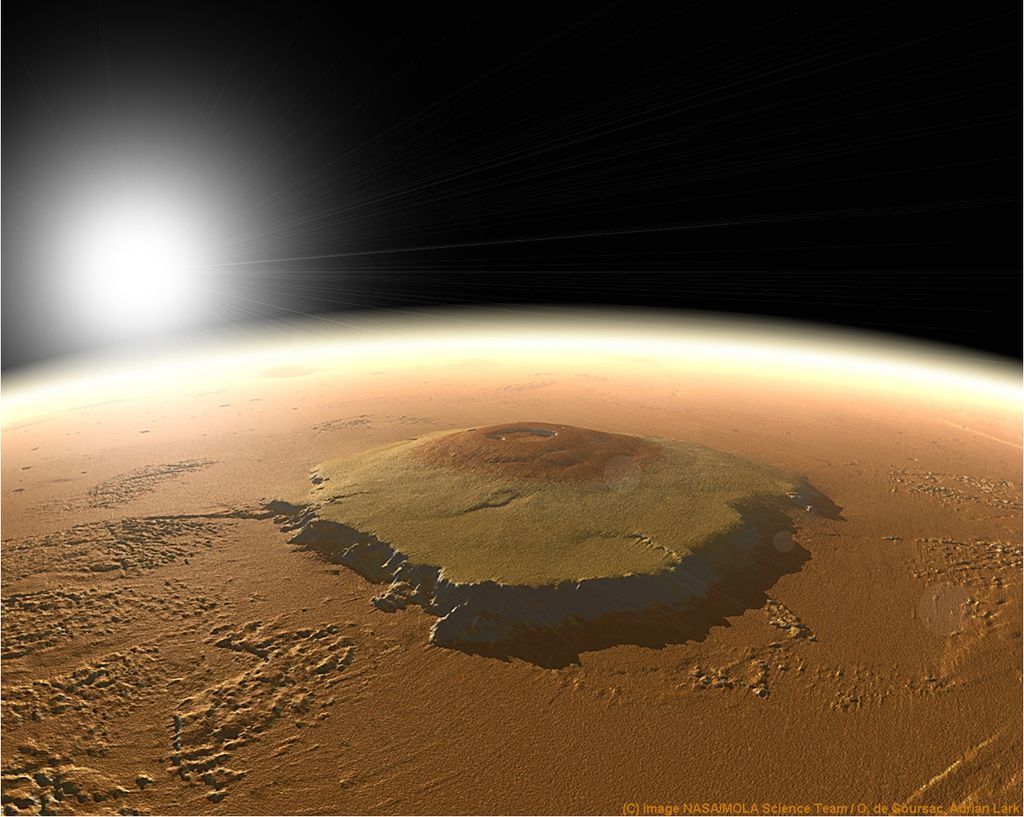
Tharsis Volcanoes
The Tharsis region hosts a dozen colossal volcanoes, all significantly larger than their terrestrial counterparts. With a diameter of about 2500 miles (4000 km), these Martian giants have likely been erupting for nearly two billion years, making up half of Mars' history. Notable among them are Ascraeus Mons, Pavonis Mons, Arsia Mons, and Tharsis Tholus, each towering approximately 16 miles (25 km).
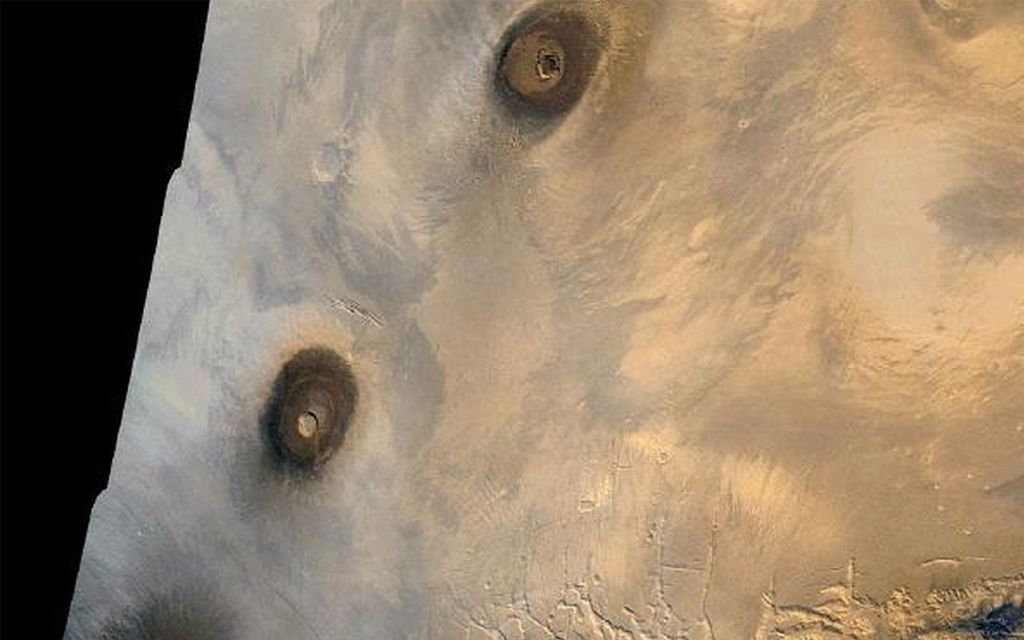
Valles Marineris
Valles Marineris is Mars' answer to the Grand Canyon, stretching a remarkable 1850 miles (3000 km) in length, roughly four times the Grand Canyon's size. Its formation remains a subject of debate, with many scientists attributing it to the Tharsis region's role in pushing the crust upwards, leading to fractures that expanded into Valles Marineris over time.
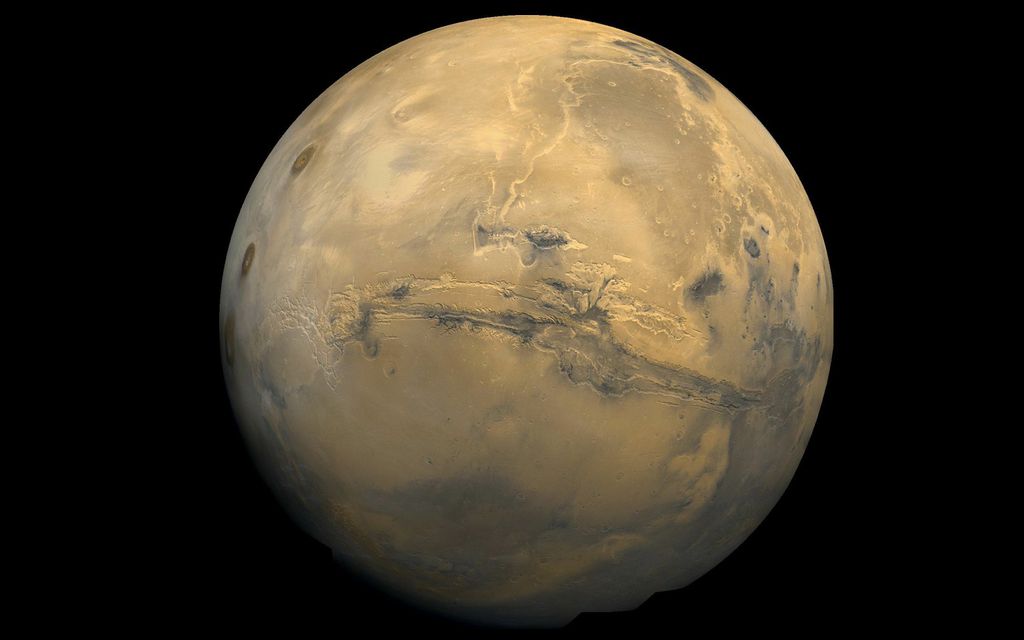
The North and South Poles
Mars features icy polar regions, each with unique compositions. During winter, temperatures plunge to such extremes that carbon dioxide condenses into surface ice, subsequently sublimating back into the atmosphere during the summer. While the northern hemisphere ice completely disappears, a portion of carbon dioxide ice remains in the southern atmosphere, exerting significant influence on Martian climate and generating winds and other phenomena.
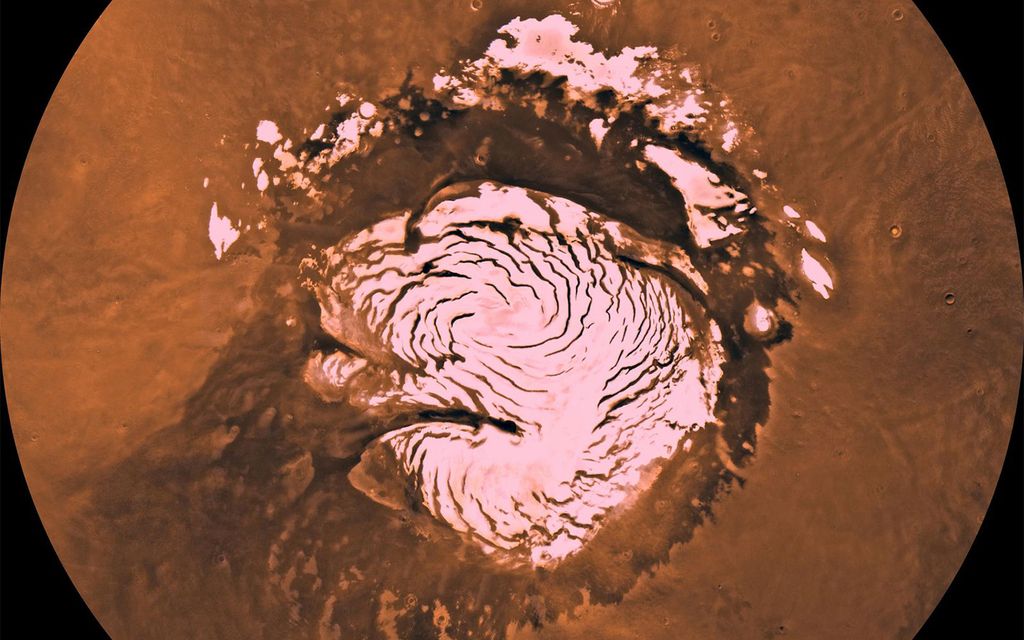
Gale Crater and Mount Sharp
Gale Crater gained fame as the landing site of NASA's Curiosity rover in 2012. The rover unearthed evidence of ancient water, including a streambed, and continues to ascend Mount Sharp (Aeolis Mons) to explore geological features. Notably, Curiosity detected complex organic molecules within 3.5-billion-year-old rocks, hinting at Mars' potential for past life.
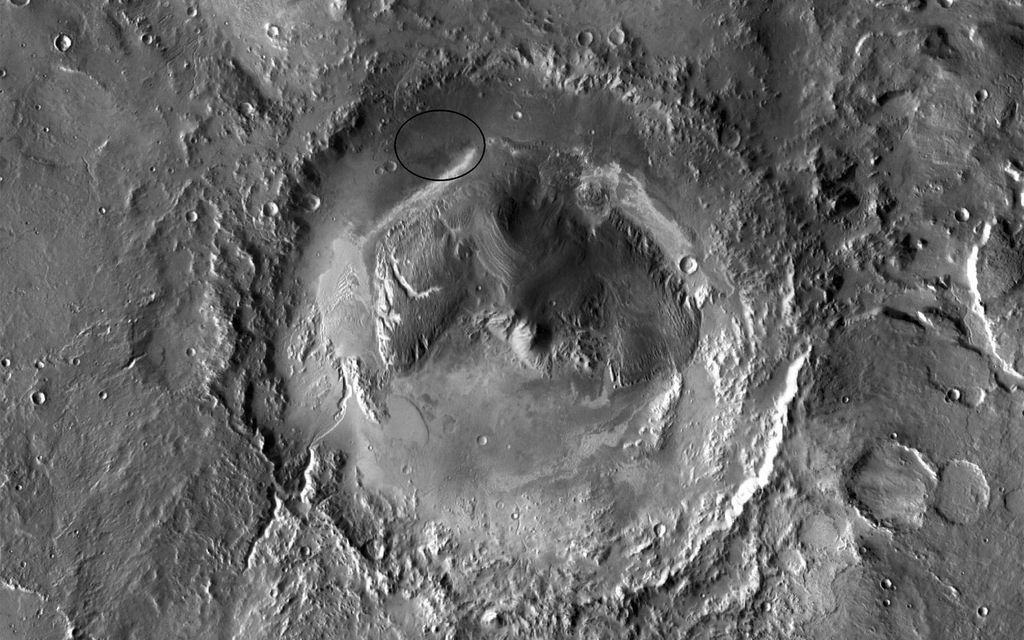
Medusae Fossae
Medusae Fossae remains one of Mars' most enigmatic regions, and while UFO crash theories circulate, the more probable explanation is a colossal volcanic deposit. Over time, wind erosion has sculpted the rocks into striking formations, with research suggesting it formed over 500 million years through immense volcanic eruptions.
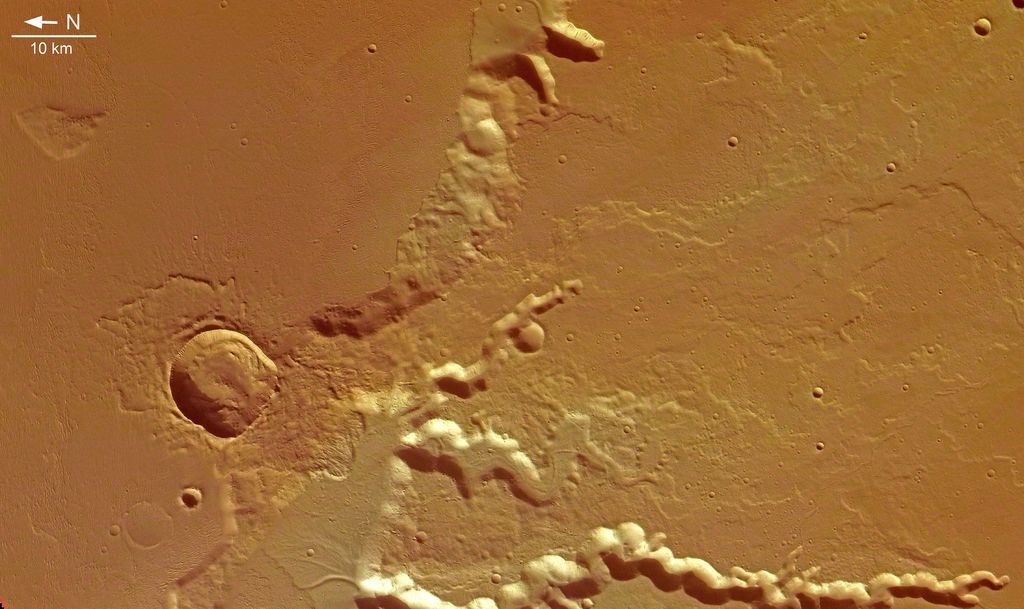
Recurring Slope Lineae in Hale Crater: The Mystery of Water on Mars
Mysterious recurring slope lineae (RSL) form on the sides of steep craters during warm weather. The true nature of RSL remains elusive; some speculate running water, while others suggest atmospheric water or dry sand flows. Future exploration may provide answers, though planetary protection protocols must ensure protection from potential microbial contamination.
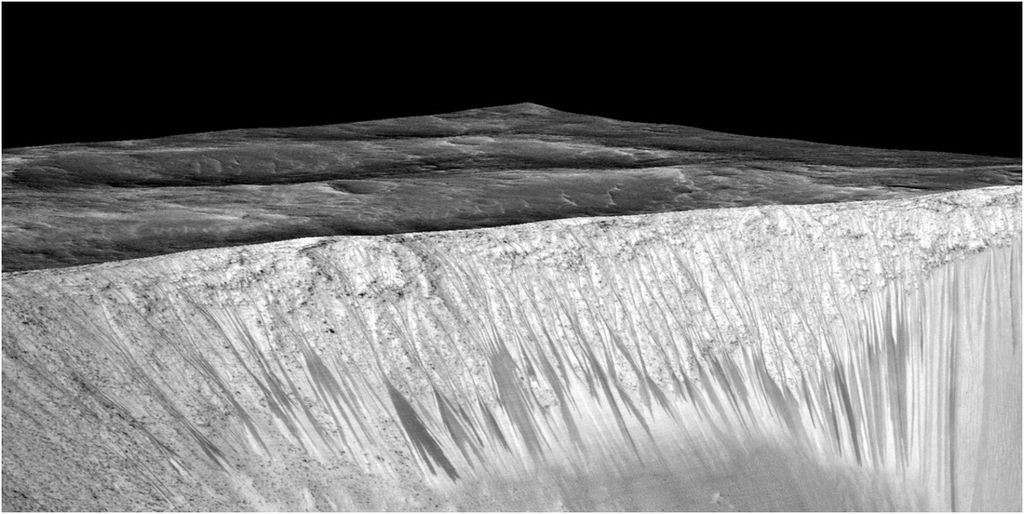
'Ghost Dunes' in Noctis Labyrinthus and Hellas Basin
Mars, shaped predominantly by wind, still bears traces of ancient water, such as "ghost dunes" found in Noctis Labyrinthus and Hellas Basin. These remnants offer insights into the Red Planet's past environment, with the possibility of sheltered areas hiding ancient microbes, shielded from radiation and wind.
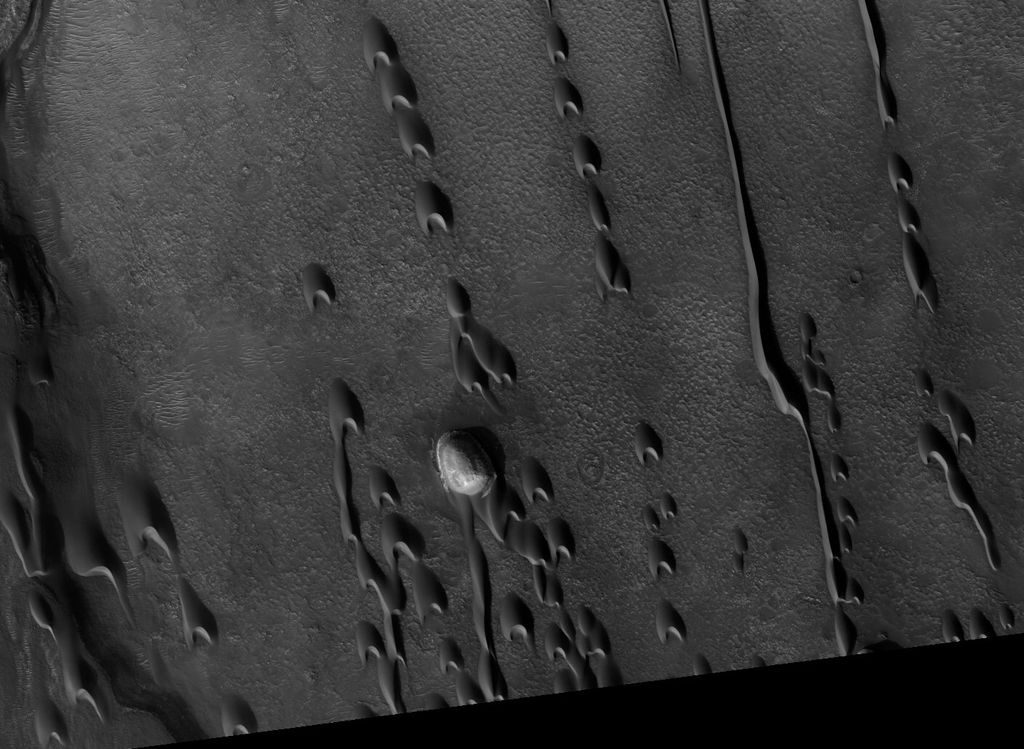
- Related News
- Wheel of Death: new method will help astronauts stay fit in low gravity
- Due to anomalies of Orion spacecraft, lunar exploration program may be delayed for years։ NASA
- TAO Observatory: World's highest telescope to study evolution of galaxies and exoplanets
- Powerful M9.5 solar flare causes radio blackout in Pacific Ocean
- What will happen to the Earth if the Moon disappears?
- Key to conquering the Red Planet: Why is NASA studying solar storms on Mars?
- Most read
month
week
day
- Digital Julfa Network is launching a pan-Armenian centre in the metaverse, on the Fastexverse virtual platform 874
- Sparkles: Boston Dynamics unveils a furry robot dog that can dance (video) 783
- Xiaomi unveils exclusive Redmi Note 13 Pro+ dedicated to Messi and Argentina national team 751
- Is there a ninth planet in the solar system? Scientists find new evidence 660
- Smartphone catches fire in child's hand in Russia 653
- What will happen to the Earth if the Moon disappears? 629
- How to understand how protected a smartphone is from water and dust? 628
- World's largest 3D printer was created in USL It prints 29 meter-long structures 618
- New iPad Pro to receive M4 chip and to be more powerful than Apple computers 603
- iPhone 16 may get colored matte glass back panel, 7 colors 599
- Archive
